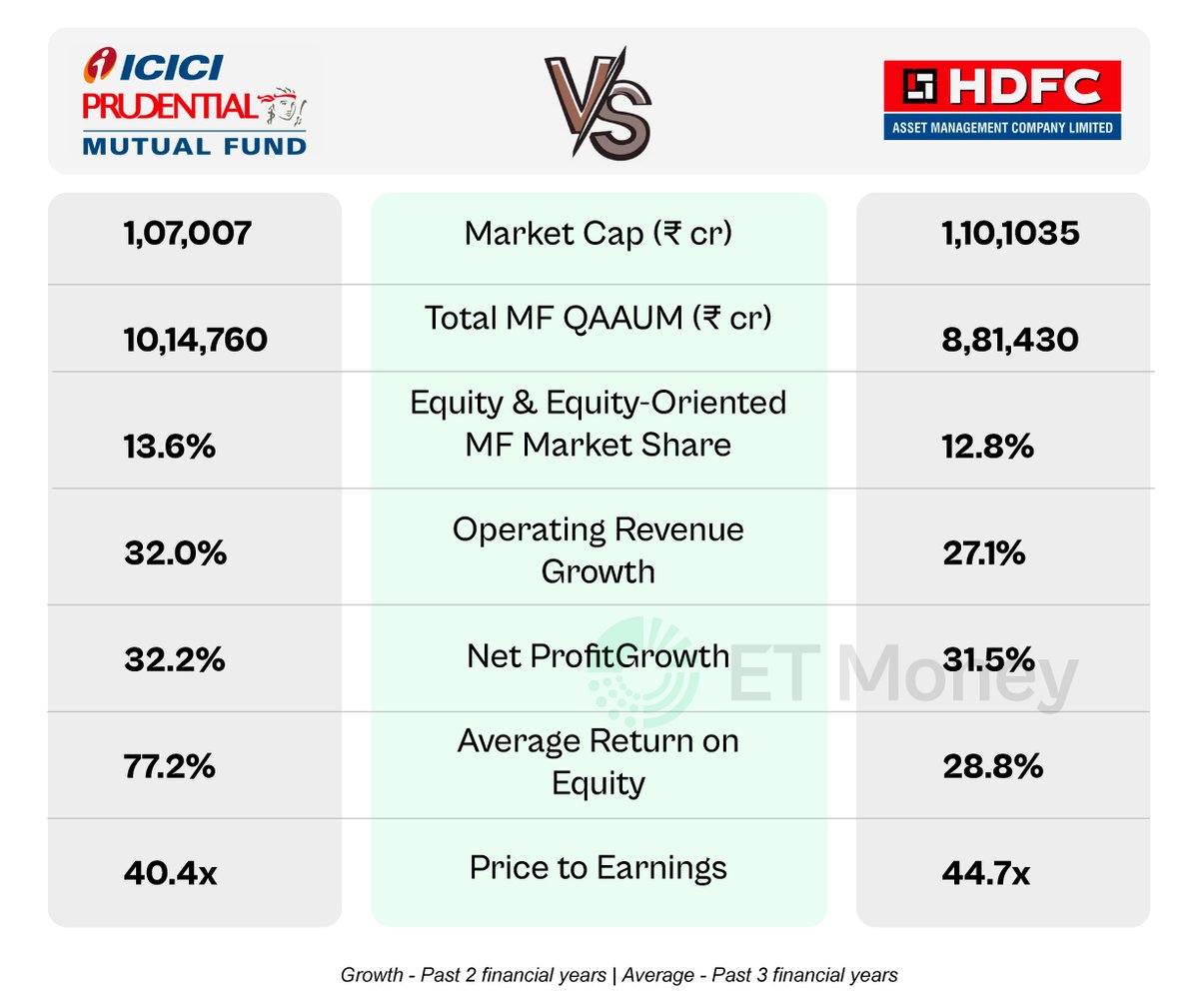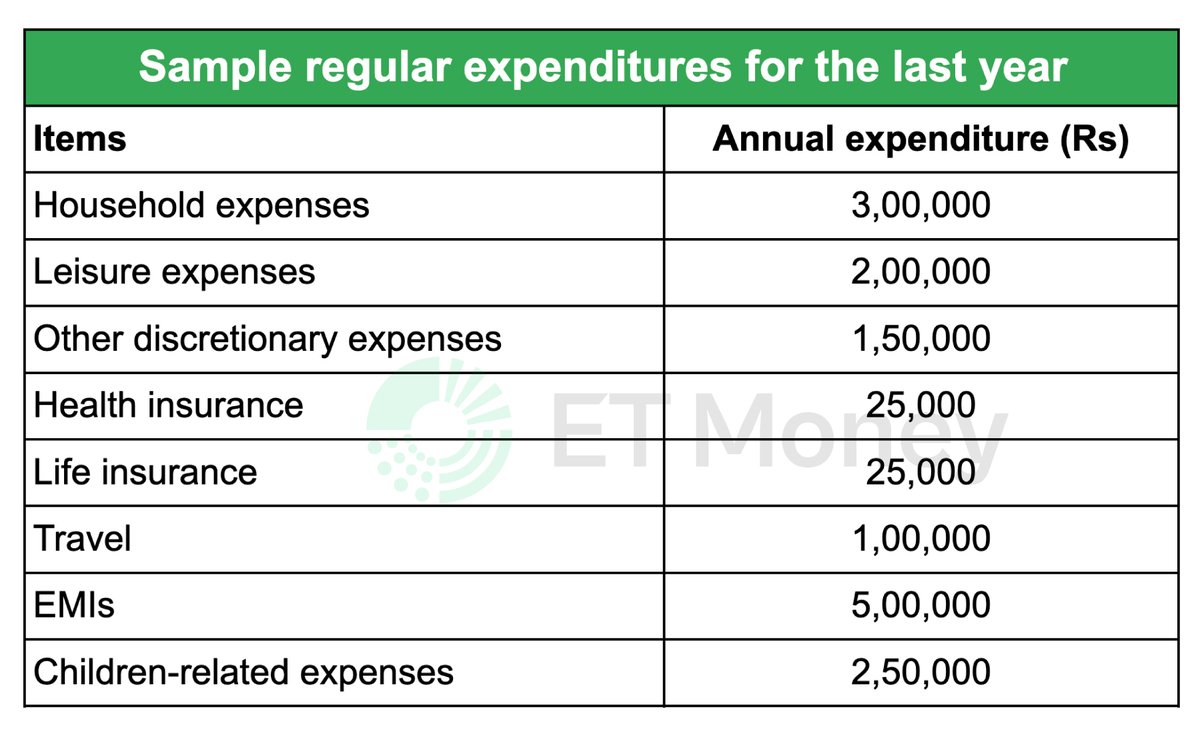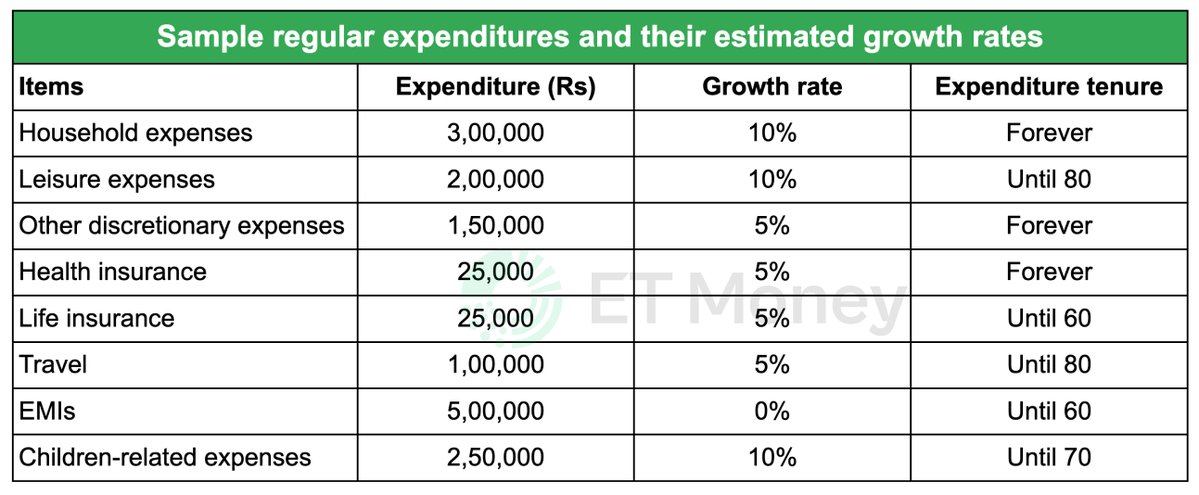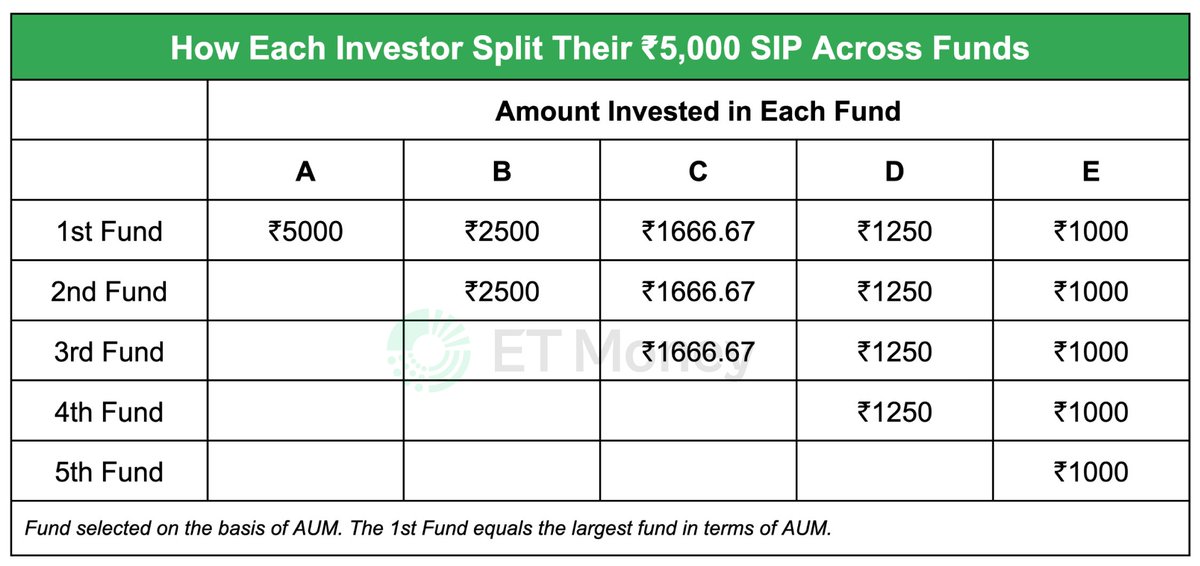Markets tumbled in Oct, giving cash-heavy mutual funds a buying opportunity.
But, funds like PPFAS Flexi Cap & SBI Contra raised their cash holdings.
We looked at 5 such latest mutual fund trends. A🧵
Don't miss Tweet 6. It has stocks that MFs bought after steep correction.
But, funds like PPFAS Flexi Cap & SBI Contra raised their cash holdings.
We looked at 5 such latest mutual fund trends. A🧵
Don't miss Tweet 6. It has stocks that MFs bought after steep correction.

1. Cash Holding
31 diversified equity funds in September were holding over 10% cash.
By October, this number was reduced to 25 schemes.
So, there are exceptions, but most schemes have reduced their cash holdings last month.
You can check some popular names in the table.
31 diversified equity funds in September were holding over 10% cash.
By October, this number was reduced to 25 schemes.
So, there are exceptions, but most schemes have reduced their cash holdings last month.
You can check some popular names in the table.

2. Stocks whose popularity took a hit
There are some favourite stocks of mutual fund managers.
One such name is Avenue Supermarts (DMart).
But last month, it fell out of favour amid concerns about its future growth.
You can look at more such names in the table.
There are some favourite stocks of mutual fund managers.
One such name is Avenue Supermarts (DMart).
But last month, it fell out of favour amid concerns about its future growth.
You can look at more such names in the table.

If you want to analyze these companies in detail, we have recently launched the stock-discovery feature on the ET Money app.
With just one tap, you can now get every detail about a stock and its underlying business. Plus, a lot more. Do check it out.
With just one tap, you can now get every detail about a stock and its underlying business. Plus, a lot more. Do check it out.
3. Stocks added by more than 20 funds
Stocks that gained popularity among mutual funds include names like Mahindra & Mahindra, Punjab National Bank, and Bharti Airtel.
The full list is in the table.
Stocks that gained popularity among mutual funds include names like Mahindra & Mahindra, Punjab National Bank, and Bharti Airtel.
The full list is in the table.

4) Stocks Bought After Steep Correction
These are stocks that mutual fund managers have picked up after a significant price dip (over 15%) in them. Typically, this signals potential value opportunities.
These are stocks that mutual fund managers have picked up after a significant price dip (over 15%) in them. Typically, this signals potential value opportunities.

5) Most popular mutual funds
October saw equity fund inflows hit a record high of Rs 41,887 crore.
The total amount invested through SIP crossed Rs 25,000 crore.
Which funds saw the highest inflows?
October saw equity fund inflows hit a record high of Rs 41,887 crore.
The total amount invested through SIP crossed Rs 25,000 crore.
Which funds saw the highest inflows?
There aren't a lot of surprises here.
The list includes popular names such as Motilal Oswal Midcap Fund, PPFAS Flexi Cap Fund, and SBI Contra Fund.
These record inflows could be a key reason why schemes like PPFAS Flexi Cap and SBI Contra saw a rise in their cash holdings.
If you are wondering why the AUM has reduced despite record inflows, this is because the scheme gave negative returns in October.
The list includes popular names such as Motilal Oswal Midcap Fund, PPFAS Flexi Cap Fund, and SBI Contra Fund.
These record inflows could be a key reason why schemes like PPFAS Flexi Cap and SBI Contra saw a rise in their cash holdings.
If you are wondering why the AUM has reduced despite record inflows, this is because the scheme gave negative returns in October.

Do you prefer schemes that take huge cash calls?
If you found this useful, show some love.❤️
Please like, share, and retweet the first tweet.
Please like, share, and retweet the first tweet.
https://x.com/ETMONEY/status/1858039406327980118
• • •
Missing some Tweet in this thread? You can try to
force a refresh











